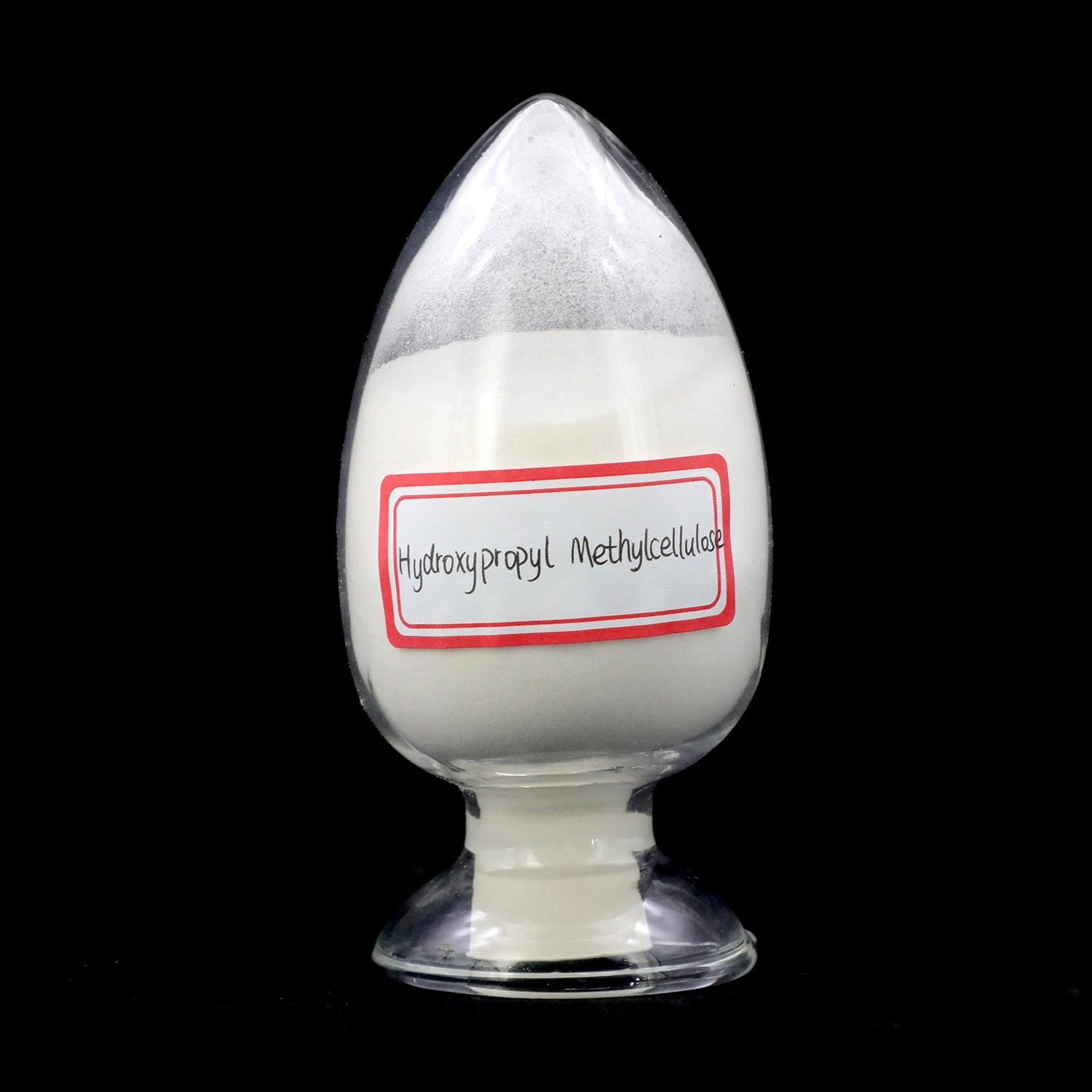



Understanding the Best Disinfectants for Your Water Storage Tanks
The Importance of Disinfectants for Water Tanks
Water tanks are essential components in many residential and industrial settings, providing a reliable supply of water for various purposes. However, maintaining the quality of this stored water is paramount to ensure it remains safe for consumption and use. One critical aspect of water tank maintenance is the use of disinfectants. This article explores the importance of disinfectants for water tanks, the types available, and best practices for ensuring clean, safe water.
Understanding Water Contaminants
Water stored in tanks can become contaminated for several reasons, including biological growth, sediment accumulation, and environmental exposure. Algae, bacteria, and other microorganisms can thrive in water tanks, especially if they are not properly maintained. Consuming contaminated water can lead to serious health issues, making disinfection a crucial aspect of water tank management.
The Role of Disinfectants
Disinfectants are chemical agents designed to kill or inhibit the growth of harmful microorganisms in water. Their primary role is to ensure the water remains free from pathogens, thereby protecting the health of consumers. Common disinfectants used for water tanks include chlorine, chloramine, ozone, and ultraviolet (UV) light.
Chlorine is perhaps the most widely used disinfectant due to its effectiveness and cost-efficiency. It can eliminate a broad range of pathogens, making it suitable for residential and municipal water supplies. However, chlorine can react with organic matter in water, producing potentially harmful by-products. Therefore, it is crucial to monitor chlorine levels to ensure they remain within safe limits.
disinfectant for water tank

Chloramine, a combination of chlorine and ammonia, is often used as a secondary disinfectant, particularly in municipal systems. It provides long-lasting disinfection throughout the distribution system. Ozone is another powerful disinfectant that is effective against bacteria and viruses, and it decomposes quickly, leaving no residual chemicals in the water. UV light treatment is a chemical-free method that effectively inactivates microorganisms without adding any substances to the water.
Best Practices for Using Disinfectants
To maintain the safety and quality of water in tanks, it is essential to implement best practices for using disinfectants. Regularly testing water quality for microbial contamination and disinfectant residuals is vital. This testing ensures that disinfection methods are effective and that water remains safe for use.
Additionally, it is essential to maintain proper dosing of disinfectants to achieve optimal results. Over-dosage can lead to harmful by-products, while under-dosage may not adequately eliminate pathogens. Therefore, employing trained professionals for water treatment can help ensure appropriate disinfection levels.
Conclusion
Disinfectants are a critical component of water tank maintenance, ensuring the safety and quality of stored water. By understanding the various types of disinfectants available and adhering to best practices, individuals and organizations can effectively manage water tanks, protecting health and preventing waterborne diseases. Regular monitoring and proper maintenance practices will foster a safe environment for all water users, making it essential to prioritize disinfectant use in water tank management.
-
Why Sodium Persulfate Is Everywhere NowNewsJul.07,2025
-
Why Polyacrylamide Is in High DemandNewsJul.07,2025
-
Understanding Paint Chemicals and Their ApplicationsNewsJul.07,2025
-
Smart Use Of Mining ChemicalsNewsJul.07,2025
-
Practical Uses of Potassium MonopersulfateNewsJul.07,2025
-
Agrochemicals In Real FarmingNewsJul.07,2025
-
Sodium Chlorite Hot UsesNewsJul.01,2025










